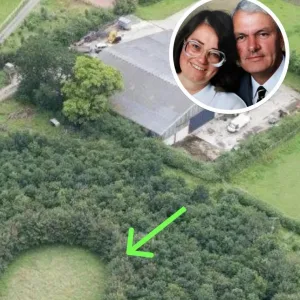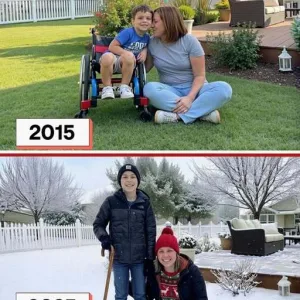Avian flu first made the jump from birds into dairy cows on farms in a number of US states in spring 2024. Until now, all such cases of the H5N1 virus have been ascribed to a genotype called B3.13, but the US Department of Agriculture (USDA) has just announced the detection of a second genotype, D1.1, in milk samples.
“This is the first detection of this virus genotype in dairy cattle,” confirmed the USDA’s Animal and Plant Health Inspection Service (APHIS) in a statement. “Genotype D1.1 represents the predominant genotype in the North American flyways this past fall and winter and has been identified in wild birds, mammals, and spillovers into domestic poultry.”
The detection was confirmed on January 31 in milk samples collected in Nevada as part of the USDA’s National Milk Testing Strategy (NMTS). This is part of the agency’s surveillance measures as it tracks the ongoing H5N1 situation on farms across the country. At the time of writing, 38 states were enrolled in the program. A positive detection of the virus is one step on a five-stage roadmap produced by APHIS to help states work towards elimination of the virus from their dairy herds.
As reported by the University of Minnesota’s CIDRAP, Nevada cows first tested positive for H5N1 in December 2024. State officials leveled some of the blame at a “nuisance population” of non-native European starlings across three counties, including Churchill County where the affected cattle were. These migratory birds can spread infection and have also been seen to outcompete native birds for nesting sites, so state and federal officials have begun enacting plans to remove them.
That H5N1 would continue to be a major story in 2025 was predicted by many, and close surveillance and monitoring will continue. According to the Centers for Disease Control and Prevention (CDC), at time of writing there have been 67 confirmed human cases of the infection in the US during this outbreak and one death – that case, in Louisiana, was also put down to the D1.1 genotype.
Speaking to CIDRAP about the latest spillover event, epidemiologist Michael Osterholm said, “We shouldn’t be surprised about a new spillover to cattle, given the very significant activity in waterfowl across much of the United States.”
Experts have continued to stress that the risk to the general public remains low. Dr Robert Murphy, executive director of the Robert J. Havey Institute for Global Health at Northwestern University, recently told IFLScience, “You don’t really have to worry today unless you have a chicken farm or raise cattle.”
But Murphy also said that viral spread between humans – something we haven’t seen so far – is most likely on the cards: “It’s basically one or two mutations away.”
The situation is fast-moving, which is why programs like the NMTS are so important for detecting these spillover events and helping keep tabs on how the virus is mutating. It’s also why clear, uninterrupted communication of scientific information to the public is so vital – perhaps now more than ever.





